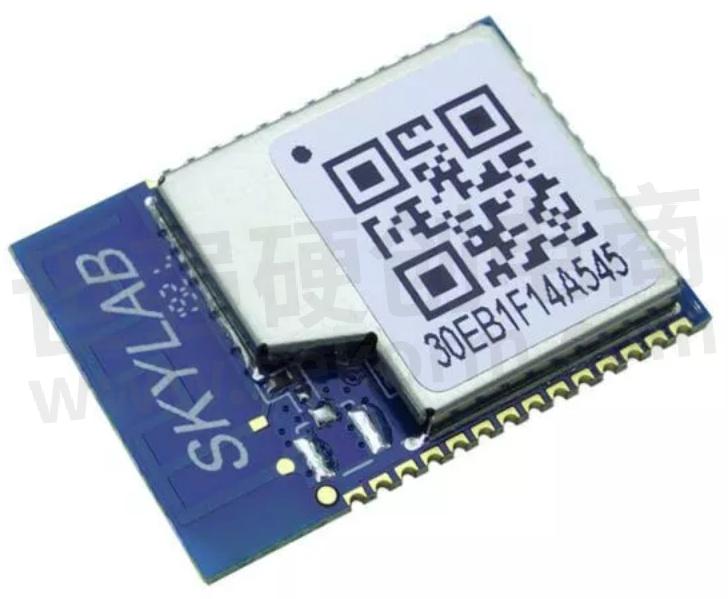Differences and Development Methods Between ESP8266 and NodeMCU

Electronic enthusiasts who have studied Arduino know that Arduino has various models and many auxiliary modules. For example, ESP8266 WiFi module, W5100 Ethernet communication module, etc., as well as Bluetooth communication, various sensors and so on.
Today this article will talk about the popular ESP8266 and NodeMCU equipped with ESP8266. In the second half of 2013, Espressif launched a SoC chip with integrated WiFi function and a 32bit MCU - ESP8266EX.
ESP8266 is an ultra-low-power UART-WiFi transparent transmission module, it has GPIO, I2C, ADC, SPI, PWM and other functions. With the industry's most competitive package size and ultra-low energy technology, it is designed for mobile devices and IoT applications. The user's physical device can be connected to the Wi-Fi wireless network for Internet or local area network communication to achieve networking functions.

What are the product features of esp8266?
◆Support wireless 802.11 b/g/n standard
◆Support STA/AP/STA+AP three working modes
◆Built-in TCP/IP protocol stack
◆Support multiple TCP Client connections
◆Support rich Socket AT commands
◆Support UART/GPIO data communication interface
◆Support Smart Link intelligent networking function
◆Support remote firmware upgrade (OTA)
◆Built-in 32-bit MCU, which can double as application processor
◆Ultra-low energy consumption, suitable for battery-powered applications 3.3V single power supply
What are the development methods of ESP8266?
(1) AT command mode: burn the AT firmware package, use AT commands to interact with ESP8266, execute the corresponding commands, and need to be connected to the microcontroller.
(2) Lua development of NodeMCU: Burn the firmware package of NodeMCU, use Lua language to develop, and use ESP internal resources.
(3) Development under the Arduino IDE: It is equivalent to directly writing the firmware. After compiling, burning it into the ESP and using the internal resources of the ESP.
In conclusion
What really makes ESP8266 popular is the library ESP8266 core for Arduino. The Arduino library allows programming the ESP8266 module directly with the Arduino IDE during development. This undoubtedly lowers the threshold for the use of ESP8266. Those already familiar with Arduino programming can get started seamlessly.
NodeMCU is one of the most stable and easy-to-use development boards developed in these early ESP8266-based secondary packages. The secondary package of NodeMCU includes hardware and software firmware. In terms of hardware, NodeMCU adds some peripheral USB serial ports on the basis of ESP8266. In terms of software, NodeMCU introduces a lightweight scripting language Lua, which supports event-driven API and Arduino IDE development.
- +1 Like
- Add to Favorites
Recommend
- SKYLAB‘s ESP8266 WiFi Module Revolutionizes Your Projects with Its Extensive Community Support and Affordability
- The Features and The Network Connection Method of ESP8266 WiFi Module
- Application Of ESP8266 WIFI Module In Smart Socket
- ESP8266 WiFi Module WG219 and WG229 Available on LED Controll , Speed up to 72.2Mbps
- What Are The Applications of ESP8266 WiFi Module?
- ESP8266 WIFI Module WG219 and WG229 for Smart Home Applications Compliant with 802.11b/g/n Wireless Module Standards
- SkyLab WiFi Module WG219 for Smart Door Lock Solution with Remote Monitoring Function
- What are the Functions of the Smart Construction Site Personnel Positioning System?
This document is provided by Sekorm Platform for VIP exclusive service. The copyright is owned by Sekorm. Without authorization, any medias, websites or individual are not allowed to reprint. When authorizing the reprint, the link of www.sekorm.com must be indicated.





























































































































































































































































































































































































































































































































































































































































































































































































































































































